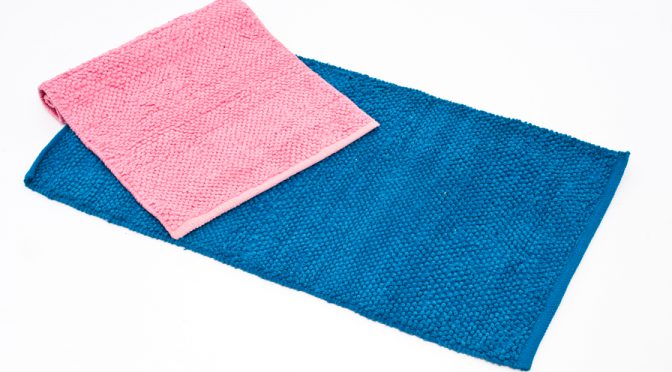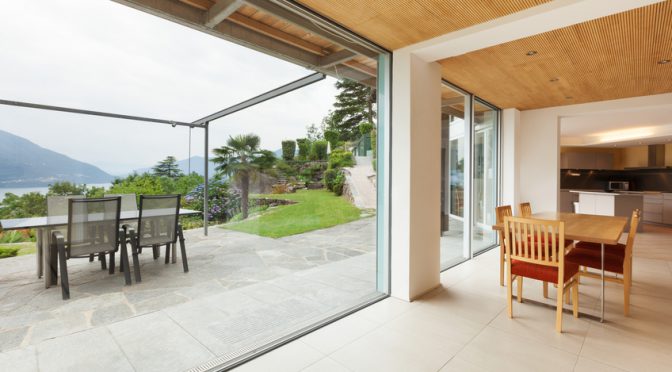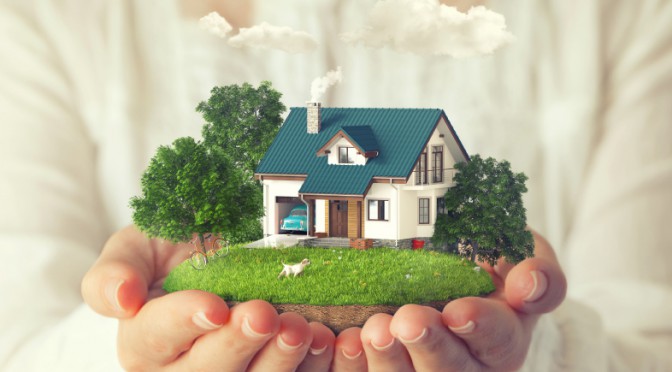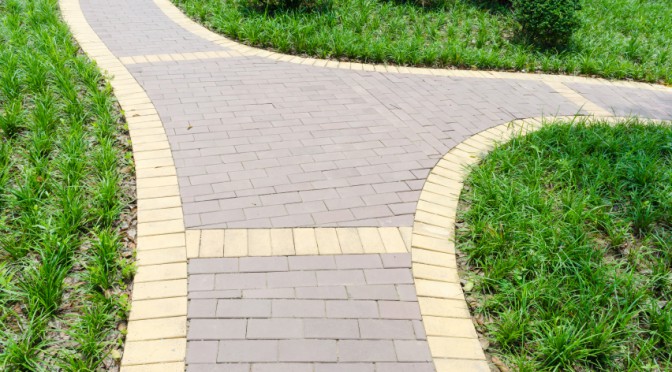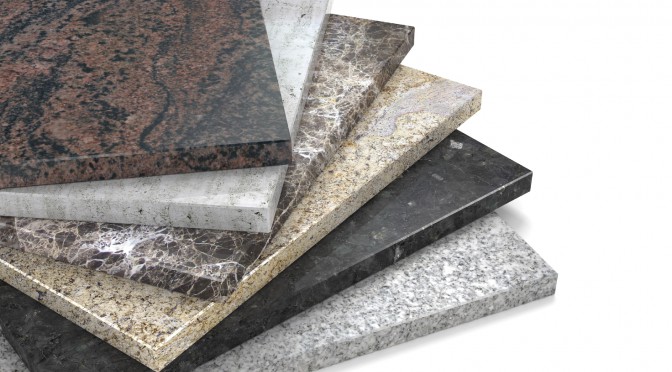From the 60s to the 80s, everyone was rushing to install wall to wall carpeting. Decorative, warm, comfortable, sometimes soft, they had everything. Synthetic fibres proliferated on Quebec floors.
Faced with the accelerated degradation of the environment, ecologists pushed carpets out of our houses. There are many reasons. Carpets cause a great deal of pollution, from manufacturing to use. Carpets are not biodegradable, don’t last long, can barely be recycled, contain numerous toxic chemicals and are made of petroleum products.
Health professional have added their grain of salt with a concrete argument: carpets can be dangerous for your health. They attract everything that floats in the air: dust, chemical residues, mites, humidity and even outdoor waste that sticks to soles. They also contain volatile organic compounds (VOCs) and sometimes turn into germ nests. That was the end for carpets. We see less and less.
Hardliners have tried to group rugs with enemies of the environment, but in vain. Today, certain rugs are made entirely of recyclable materials.[……]
